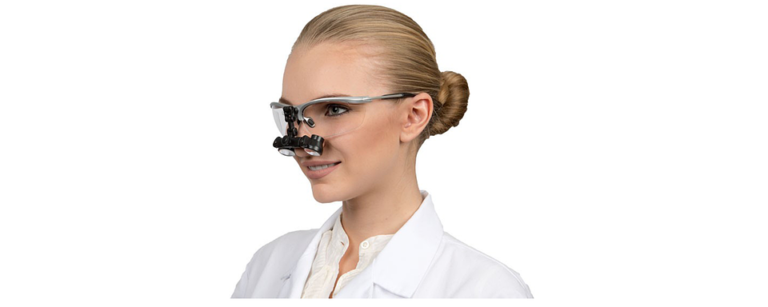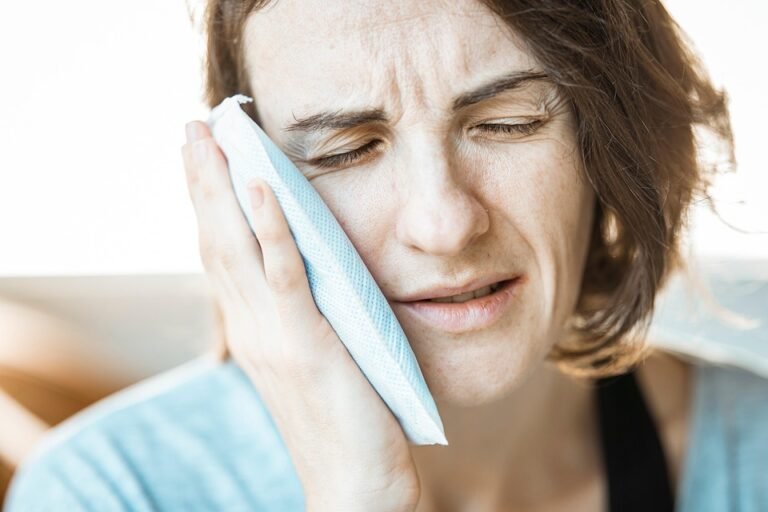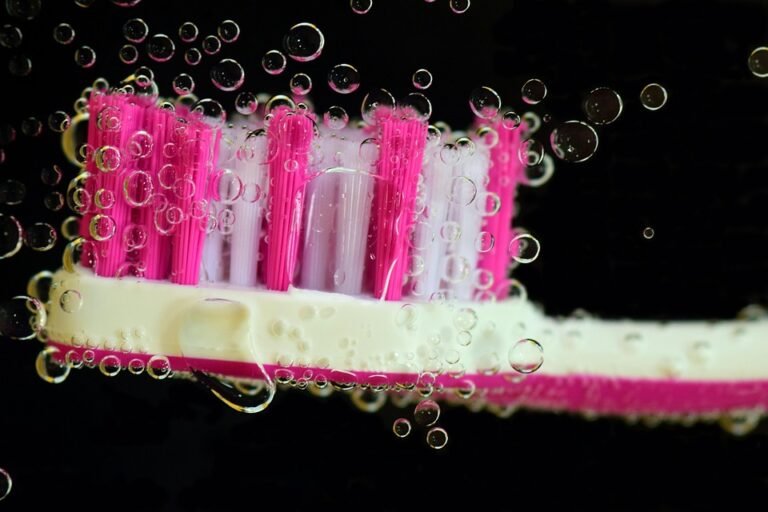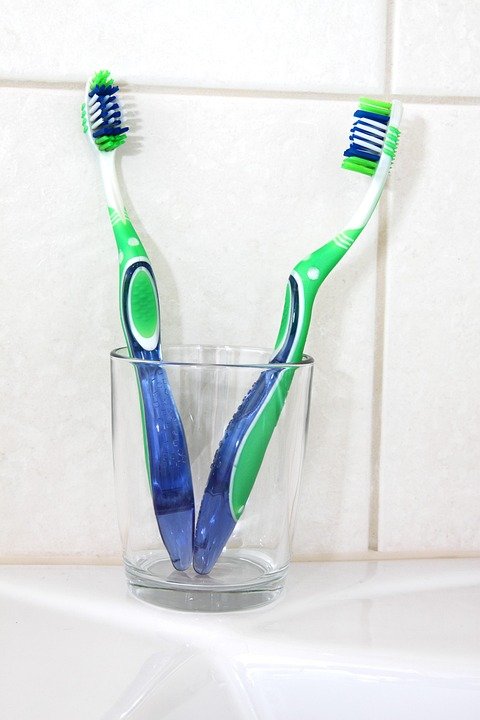How does bio-inspired design affect the mechanical properties of dental materials
I’m a dental student working on a research project exploring new dental materials. I keep coming across research about "bio-inspired design" and its application in material science, specifically regarding dental applications. It seems like a really promising field, but I’m struggling to understand specifically how mimicking biological structures and mechanisms improves the mechanical properties (like strength, toughness, fracture resistance, etc.) of dental materials.
For example, I understand that enamel has a unique hierarchical structure. Are researchers simply trying to copy that layering exactly? Or are they taking more abstract inspiration, like the way collagen fibers are arranged in bone, and applying those principles to different material compositions? What specific examples are there of dental materials whose mechanical properties have been demonstrably improved through bio-inspired design?
Also, I’m curious about the limitations. What are the challenges of translating these biological principles into practical, manufacturable dental materials? Are there specific properties (like aesthetics or biocompatibility) that might be compromised in the pursuit of enhanced mechanical properties through bio-inspiration? And finally, how does the cost of manufacturing these bio-inspired materials compare to traditional materials? Are they even commercially viable yet?
Answer
Bio-inspired design, also known as biomimicry, has a profound influence on the mechanical properties of dental materials. By studying the intricate structures and compositions of natural biological tissues like enamel, dentin, and bone, scientists and engineers can develop novel dental materials with enhanced strength, toughness, wear resistance, and biocompatibility. This approach involves replicating or drawing inspiration from the hierarchical organization, composition, and functional principles found in nature to create materials with superior performance compared to conventional ones.
Key Aspects of Bio-Inspired Design and their Impact on Mechanical Properties:
-
Hierarchical Structure: Many biological tissues exhibit a hierarchical organization, meaning they are structured across multiple length scales, from the nanoscale to the macroscale. This arrangement contributes significantly to their exceptional mechanical properties.
-
Enamel: Human enamel is a prime example. It is composed of enamel rods (prisms) that are made up of highly organized hydroxyapatite crystals. These crystals are further arranged in a specific orientation, and the rods themselves are interlocked. This hierarchical structure provides enamel with high hardness and resistance to compressive forces. Bio-inspired designs for dental materials often attempt to replicate this hierarchical organization, for instance, by creating layered composites or materials with aligned crystalline structures. This approach aims to enhance the material’s resistance to crack propagation and improve its overall strength and toughness.
- Dentin: Dentin, unlike enamel, is a composite material consisting of hydroxyapatite nanocrystals embedded in a collagen matrix. The collagen fibrils are arranged in a specific orientation, and the tubules that run through the dentin provide pathways for fluid movement. The arrangement of the collagen fibers and the presence of tubules contribute to dentin’s flexibility and toughness. Bio-inspired dental materials often incorporate a similar composite structure, using nanoparticles or fibers to reinforce a polymer matrix. This can improve the material’s resistance to fracture and its ability to absorb shock.
-
-
Mineral Composition and Orientation: The type of mineral and its orientation within a biological tissue play a critical role in determining its mechanical properties.
-
Hydroxyapatite: Hydroxyapatite is the primary mineral component of enamel, dentin, and bone. Its high hardness and stiffness contribute to the overall strength of these tissues. Bio-inspired dental materials often incorporate hydroxyapatite nanoparticles or microparticles to enhance their hardness and wear resistance. Furthermore, controlling the orientation of these particles can further improve the mechanical properties. For example, aligning hydroxyapatite crystals in a polymer matrix can create a composite with enhanced strength and stiffness in a specific direction.
- Fluorapatite: The incorporation of fluoride into hydroxyapatite, forming fluorapatite, is known to increase the resistance of enamel to acid dissolution. Bio-inspired dental materials, such as restorative composites and sealants, often incorporate fluoride-releasing components to promote remineralization and protect against caries.
-
-
Interface Design and Bonding: The interfaces between different components within a biological tissue are crucial for stress transfer and overall mechanical integrity.
-
Enamel-Dentin Junction (EDJ): The EDJ is the interface between enamel and dentin. It has a complex, scalloped structure that helps to distribute stresses and prevent crack propagation. Bio-inspired dental materials can incorporate similar interfacial designs to improve the bonding between different layers or components. For example, creating a rough or textured surface on a dental implant can improve its osseointegration, leading to stronger and more stable fixation.
- Collagen-Mineral Interface: The interface between collagen and mineral in dentin is critical for its mechanical behavior. The collagen fibrils provide toughness, while the mineral provides stiffness. Achieving strong bonding between these components is essential for the overall integrity of the tissue. Bio-inspired materials often use surface treatments or coupling agents to enhance the bonding between different phases, improving the overall mechanical performance.
-
-
Self-Assembly and Self-Healing: Some biological tissues have the ability to self-assemble or self-heal, which allows them to repair damage and maintain their structural integrity.
-
Collagen Self-Assembly: Collagen molecules can self-assemble into fibrils, which provides the structural framework for many biological tissues. Bio-inspired materials can utilize self-assembling peptides or other molecules to create ordered structures with enhanced mechanical properties.
- Self-Healing Polymers: Some polymers can be designed to self-heal, meaning that they can repair cracks or other damage without external intervention. Incorporating self-healing capabilities into dental materials can extend their lifespan and reduce the need for replacements. This can be achieved through the use of microcapsules containing healing agents or by incorporating reversible bonds into the polymer network.
-
-
Water Content and Viscoelasticity: The water content of biological tissues, such as dentin, influences their viscoelastic behavior, which affects their ability to absorb shock and deform under stress.
- Dentin Hydration: The hydration level of dentin affects its mechanical properties, making it more flexible and less brittle when hydrated. Bio-inspired dental materials aim to mimic this behavior by incorporating hydrophilic components that can absorb water and improve the material’s toughness. This is especially relevant for materials used in direct contact with tooth structure, such as adhesives and restorative composites.
Examples of Bio-Inspired Dental Materials and their Properties:
-
Bioactive Glass Composites: These composites incorporate bioactive glass particles that can react with the surrounding environment to form a layer of hydroxyapatite. This layer promotes bonding to tooth structure and can help to remineralize damaged enamel and dentin. The incorporation of bioactive glass can improve the mechanical properties of the composite by increasing its hardness and wear resistance.
-
Peptide-Modified Materials: These materials incorporate peptides that can bind to specific minerals or proteins, allowing for controlled assembly and improved bonding. For example, peptides can be used to enhance the bonding between dental adhesives and collagen, leading to stronger and more durable restorations.
-
Mineralized Collagen Scaffolds: These scaffolds are made from collagen that has been mineralized with hydroxyapatite. They can be used to regenerate bone or other tissues. The mineralized collagen scaffold provides a framework for cell growth and differentiation, and the mineral component provides mechanical support.
- Self-Assembling Peptide Hydrogels: These hydrogels are formed from self-assembling peptides that create a three-dimensional network. They can be used for drug delivery or tissue engineering applications. The hydrogel provides a biocompatible environment for cells to grow, and the peptide network can be designed to release drugs or growth factors in a controlled manner.
In summary, bio-inspired design is a powerful approach for developing dental materials with improved mechanical properties. By replicating the structural and compositional features of natural biological tissues, it is possible to create materials that are stronger, tougher, more wear-resistant, and more biocompatible than conventional materials. This approach holds great promise for advancing the field of dentistry and improving the long-term performance of dental restorations and implants.



